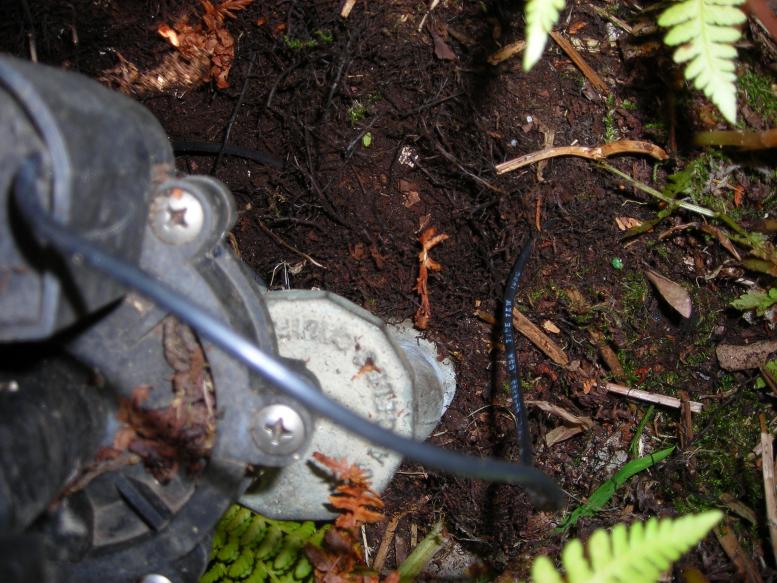Governor’s Global Climate Summit
We attended this event with the usual enthusiasm. It has been difficult for the past couple of years to get butterflies over innovations such as “green” artificial turf, “sustainable” cultured stone, and low-voc anti-graffiti coatings. Many of the these green events are geared more toward developers and builders with landscape being sparsely represented or addressed. We go with the idea that knowing the big picture is better than working in a bubble. Although much of the content was less than cutting-edge, there were several shining moments that made our trip worth while.
It was a forum attended by private and government representatives from all over the world. We were able to orbit around the global movers and shakers in green economies. The main sessions gave overview the crossroads of environmental technologies and global economic development through several interviews, panels, and slick pro-environment videos. The break-out sessions had panel members speaking from tenured and vetted positions as the leaders in their fields. Unlike other green events, the schedule was stream-lined and we did not have to sacrifice one session for attending another.
We attended the Water and Adaptation session. It was information old and new. Old being the Sun Valley Watershed project, a rain water management project that is inexplicably not replicated with any significant scale (that we know of). The panel members represented academic, government, and nonprofit sectors. It was short and did not afford lengthly discussion, but served as a teaser for anyone driven to research further. That is also true for Carbon Off-sets session.
Carbon Markets: Opportunites for Land Based Offsets turned out to be a riveting session. As the drum for conserving water has beat loudly through drought after drought, air quality slowly crescendos. This concept, this commodity, this tool boasts balancing the bottom line between polluting entities with recapturing and protecting huge geographically defines parcels to be maintained as carbon sinks. OK, it is way more complicated than that cursory explanation. This conceptually means pollution and the nature it destroys will have a monetary value. As a commodity, a unit of carbon pollution can be off-set by a purchase of an equivalent unit of rainforest or coastal marsh, for example. The general consensus was that it was a tool for fixing the environment as well as poor communities world wide that had carbon sinks to sell.
Ultimately, the message was that we cannot wait for our national governments to take action. Please check out the GGCS 3 website. The collection of topics and speakers listed there comprehensively represent a snapshot of the global green economic directives, agencies and programs, and leaders to watch.


